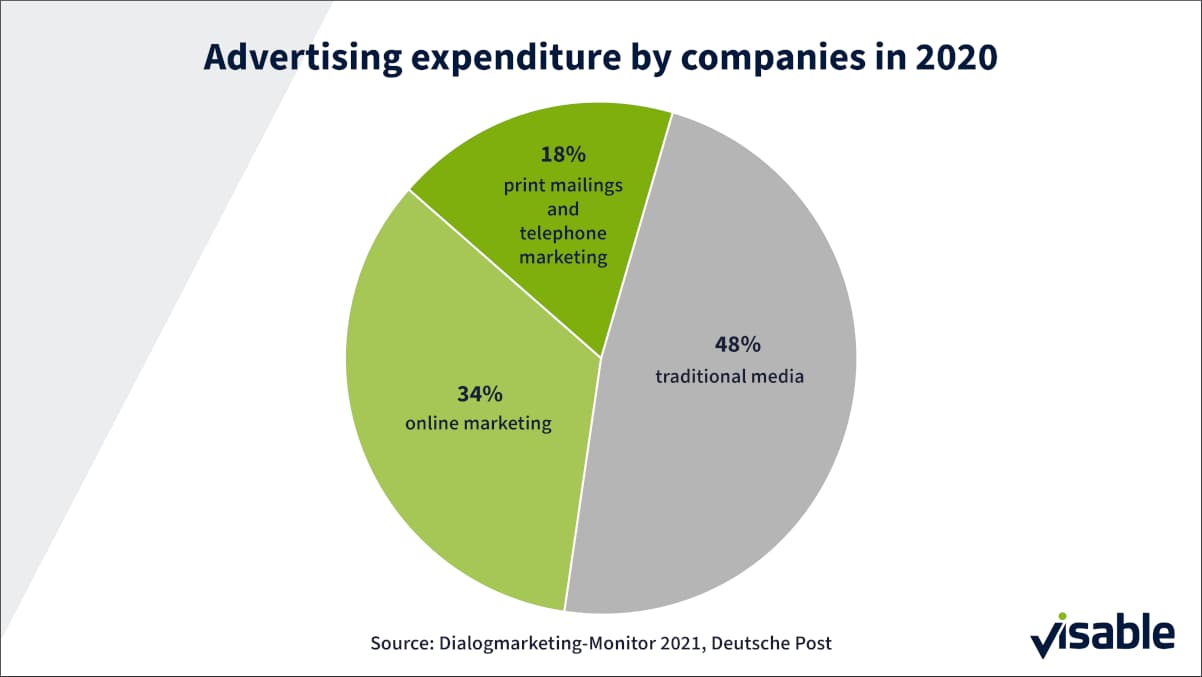With the help of marketing attribution, you can determine which channels are responsible for bringing in the most paying customers. Discover here why this analysis method is so effective and which models are significant for the B2B segment.

Marketing attribution: what this is
Thanks to comprehensive, data-based marketing attribution, companies can allocate product purchases, orders or other kinds of conversions to the source advertising measure. The entire customer journey is analysed in light of its touchpoints in the various marketing channels: the role of the individual touchpoints, the users’ behaviour via all end devices, and the number of touchpoints within the campaign up to the conversion. With the help of this method, you can plan new advertising measures as effectively as possible and optimise already ongoing campaigns in a targeted way.
Holistic marketing attribution is in contrast to the often used last-click attribution. When it comes to this method, the success is allocated to the channel alone which served as the last touchpoint before the purchase.
In the Attribution Study from Exactag (German only), the optimisation potential of the DACH advertising market was examined back in 2018. For the question about which channel has the highest conversion rate, the channel “Email” had the highest click efficiency. Display advertising, in contrast, only led to a deal among 12 per cent of the customer journey contacts. Also interesting: the average number of touchpoints over the course of the customer journey is no less than 20. For a typical B2B sale, the number of marketing touchpoints may even be higher due to the higher complexity.

Marketing attribution compared to other analysis tools
The use of an attribution model offers huge potential, as each individual contact, specific target groups and the entire advertising measure can be checked for their efficiency in this way – above all, when these attribution systems are considered for both online and offline advertising measures. All the campaigns to follow also profit from the insights, as budgets can then be allocated more effectively.
Other analysis tools such as Google Analytics or Facebook Insights, however, track their users’ behaviour, for instance from form conversions, isolated from one another. An example: A customer buys a product valued at 1,000 euros. The traditional analysis showed that he clicked on a Google Ads ad and, later on, a Facebook ad in the run-up to the purchasing process. In this case, the conversion is completely allocated to both the Google Ads and the Facebook data, since the systems cannot interact with one another. Thus, the danger arises that both channels show a sale of 1,000 euros, in other words an earning of 2,000 euros, whereby in reality only 1,000 euros was earned.
Thanks to cross-channel insights, marketing attribution brings together isolated teams to exchange information and foster teamwork. Thinking in silos between marketing and sales is also eliminated.
If you would like to introduce marketing attribution into your company, you can rely on various service providers such as AdClear or Analytic Partners, who offer extensive marketing attribution solutions.
Three different attribution models
A host of various attribution models exist which differ from one another in detail. The following three models are based on the CMO’s Guide to B2B Marketing Attribution from Marketo.
Multi-touch attribution
The multi-touch attribution puts the focus on the three most important touchpoints: the first anonymous contact, the contact where the lead originates, and the last touchpoint that leads to the purchase. It thus covers the top part, the middle part and the lowest part of the sales funnel. This model is specially set up for B2B marketers and the B2B customer journey.
Omni-channel attribution
The omni-channel attribution encompasses both online and offline advertising, which plays a leading role, for instance, with trade shows in the B2B area. Thanks to the integration with a CRM system, the offline touchpoints can also be tracked and their contribution to success allocated.
Account-based attribution
When it comes to account-based attribution, various persons who belong to a customer are treated as an account. After all, particularly in the B2B segment are several employees normally involved in the purchase of a product or service.
